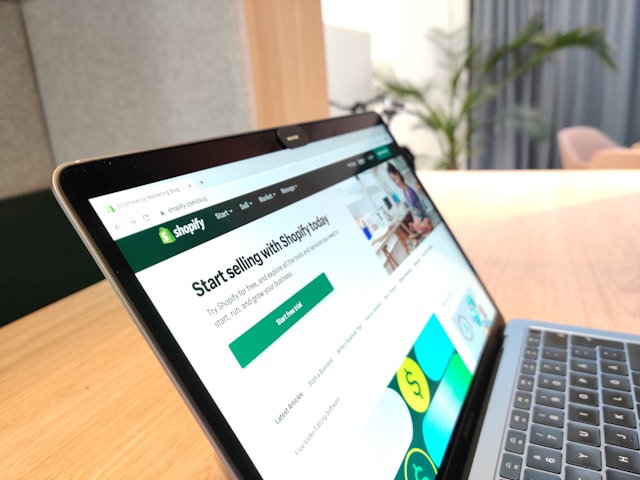The world of online shopping is growing rapidly, and more people than ever are starting their own online businesses. If you’ve been thinking about creating a simple online store, you might be wondering how to build a basic e-commerce website without advanced technical skills. The good news is that building your first e-commerce site is easier than you think.
This beginner’s guide to e-commerce websites will walk you through the process step by step from choosing the right platform to launching your store.
Why Start an E-commerce Website?
Whether you’re a small business owner, a freelancer, or just someone with a product idea, starting an online store can be a game changer. Some of the biggest benefits include:
-
Reaching more customers – People shop online every day, often preferring it over physical stores.
-
24/7 availability – Your shop is always open, even while you sleep.
-
Low startup costs – Compared to a physical shop, you don’t need as much money to get started.
-
Scalability – You can begin small and grow as your sales increase.
Now let’s go through the steps to create a simple online store.
Step 1 – Choose the Right E-commerce Platform
One of the first decisions when learning how to build a basic e-commerce website is picking a platform. Thankfully, many beginner-friendly options are available:
-
Shopify – Very popular, easy to use, and packed with features. Perfect for beginners who want an all-in-one solution.
-
WooCommerce – A free plugin for WordPress that turns your site into an online shop. Ideal if you already use WordPress.
-
Wix eCommerce – Great for drag-and-drop website building.
-
Squarespace – Stylish templates and simple setup, popular with creatives.
If you’re brand new to websites, Shopify or Wix may be the easiest way to start.
Step 2 – Pick a Domain and Hosting
Your domain is your website’s address, like www.yourstore.com. Choose something short, brandable, and easy to remember.
-
Domain cost: Around $10–15 per year.
-
Hosting cost: If you choose WooCommerce, you’ll need hosting from providers like Bluehost or SiteGround. With Shopify or Wix, hosting is included in your monthly plan.
Step 3 – Design Your Online Store
Once your platform and domain are ready, it’s time to design your website. Most platforms offer templates or themes that make this easy.
Tips for beginners:
-
Choose a clean and simple template.
-
Use high-quality images.
-
Make navigation easy (Home, Shop, About, Contact).
-
Ensure your design is mobile-friendly.
Remember, your store’s design should reflect your brand and make shopping easy for visitors.
Step 4 – Add Your Products
Adding products is one of the most exciting parts. Here’s what to focus on:
-
Clear product titles – Make them descriptive.
-
High-quality images – Use multiple angles to showcase the product.
-
Detailed descriptions – Explain the benefits, not just features.
-
Pricing and categories – Keep it simple and organized.
Step 5 – Set Up Payment Gateways and Shipping
To sell online, you’ll need a way to accept payments. Popular payment gateways include:
-
PayPal
-
Stripe
-
Credit/Debit Cards
For shipping, most platforms let you set rates based on weight, destination, or flat fees. Start simple flat-rate or free shipping can make things easier for beginners.
Step 6 – Test and Launch Your Website
Before going live, test your store to ensure everything works:
-
Add a product to the cart.
-
Complete a test checkout.
-
Make sure emails and confirmations are sent correctly.
Once you’re confident, publish your store and share it with your audience through social media, email, or word of mouth.
Extra Tips for Beginners
-
Optimize for mobile – Most people shop from their phones.
-
Basic SEO – Use keywords like “buy [your product] online” in product descriptions.
-
Analytics – Use Google Analytics or built-in tools to track sales and visitor behavior.
These simple strategies will help your new e-commerce website grow.
Final Thoughts
Learning how to build a basic e-commerce website doesn’t have to be overwhelming. With today’s tools, anyone can create a simple online store in just a few steps: pick a platform, design your store, add products, and launch.

